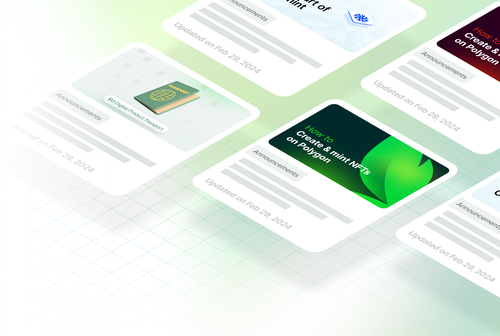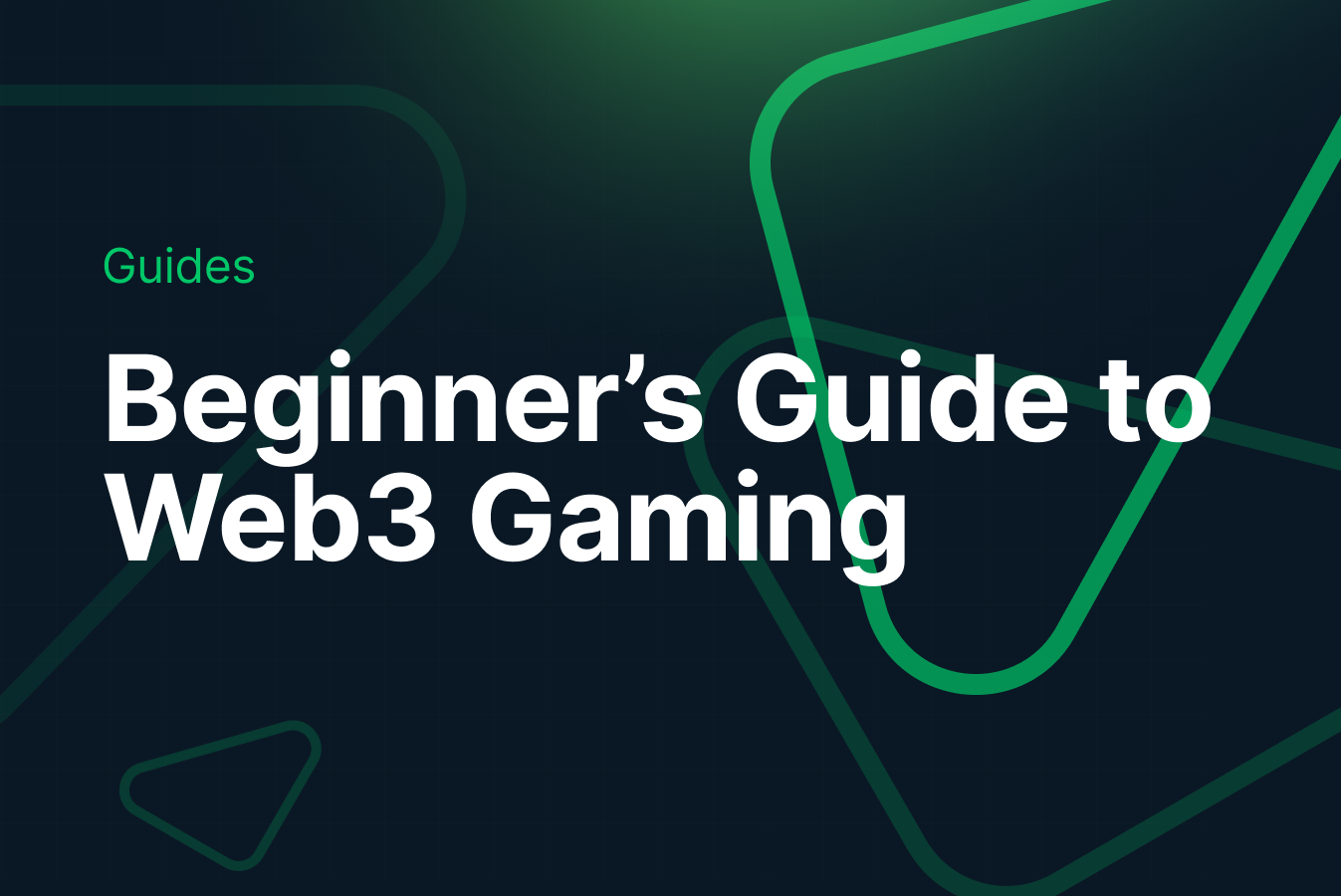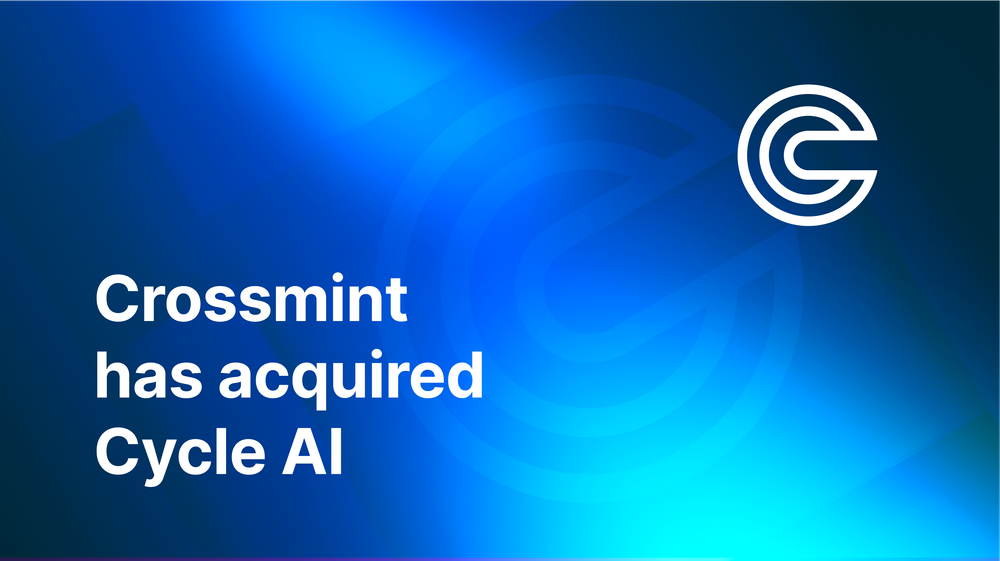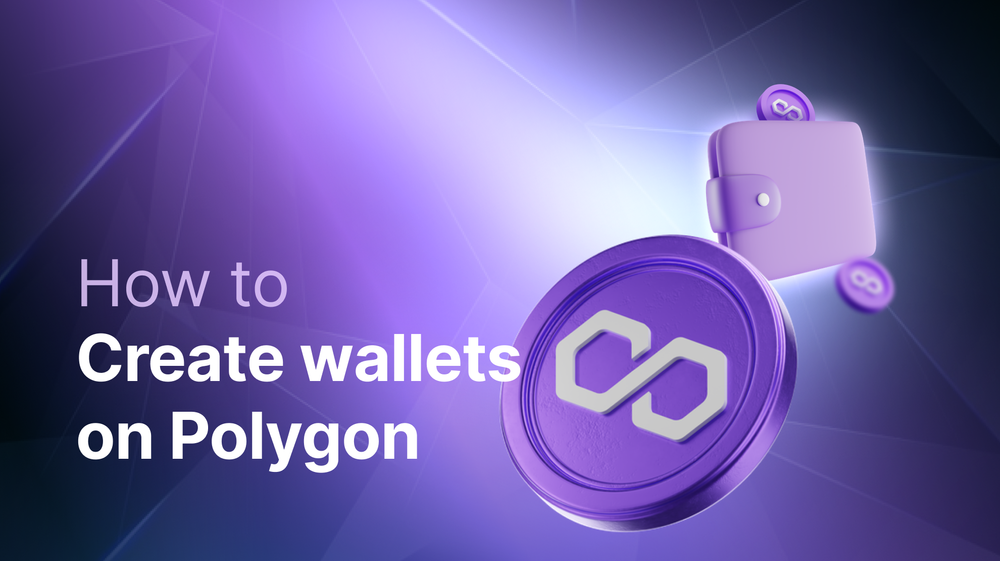What are web3 games and how to use Crossmint to build your next videogame
What are Web3 games?
Web3 games, also known as blockchain games or decentralized games, is an emerging category of gaming that promises a more inclusive and engaging gaming experience.
Unlike traditional games that are often centralized and controlled by game developers, Web3 games represent a paradigm shift in the gaming industry by introducing player ownership, interoperability, and decentralized economies. They offer players new ways to explore and engage with virtual worlds and assets, fostering a more immersive and participatory gaming experience.
What are the key features of Web3 gaming?
Web3 games encompass several key features that distinguish them from traditional games. These features leverage blockchain technology and decentralized networks to create unique gaming experiences:
1. True Ownership: Web3 games use non-fungible tokens (NFTs) to grant players real ownership of in-game assets. NFTs are unique digital assets that can represent items, characters, land, and more. This ownership extends beyond the game itself, allowing players to trade, sell, or use their assets in different games and platforms.
2. Interoperability: Web3 games break down the barriers between those playing different games and platforms. Players can carry their assets, progress, and achievements across multiple games seamlessly, fostering a shared gaming universe. This encourages collaboration and creativity as players interact with a broader ecosystem.
3. Decentralized Economies: Web3 games introduce decentralized economies where players actively participate in shaping the in-game economy. Blockchain-based smart contracts define rules for rewards, transactions, and scarcity, creating transparent and player-driven economic models.
4. Provable Scarcity: Blockchain ensures provable scarcity of in-game items, meaning that the rarity and supply of assets can be verified by players on the blockchain. This scarcity adds value and uniqueness to assets earned in games, driving trading and ownership.
5. Player Governance: Some Web3 games involve other players in decision-making through decentralized governance mechanisms. Players can propose and vote on changes to the game's rules, mechanics, and features, enhancing community engagement.
6. Cross-Platform Play: Most popular web3 games can be accessed from various platforms, including web browsers, mobile devices, and more. Players can seamlessly switch between devices while retaining access to their progress and assets unlike many platform-confined traditional games.
7. Secure Transactions: Blockchain technology ensures secure and transparent transactions. Players can trade assets and conduct in-game transactions with confidence, knowing that blockchain records every action.
8. Community Involvement: Web3 games often encourage active community involvement through social platforms and forums. Players are part of a larger ecosystem, influencing the game's development strategy and direction.
9. Incentivized Play: Players can play to earn more rewards in the form of tokens or NFTs by participating in Web3 games. This incentivizes engagement and rewards players for their time and skill investment.
10. Emerging Gameplay Mechanics: Web3 games introduce innovative gameplay mechanics that leverage blockchain technology. Puzzles, quests, and challenges can revolve around ownership, trading, and smart contract interactions.
These features collectively redefine the relationship between players and games, fostering a more engaging, fun, player-centric, and interconnected gaming experience within the Web3 ecosystem.
.png)
What are the differences between Web2 and Web3 games?
Ownership and interoperability stand as the most defining distinctions between web3 games and their traditional counterparts. In web3 games, ownership of in-game assets is authenticated and secured through blockchain technology, granting players true ownership and control over their virtual possessions. This revolutionary shift from centralized ownership models empowers players to trade, sell, and utilize their assets across different games and platforms, forming a dynamic and player-centric economy. Additionally, the concept of interoperability underscores the seamless interaction between different games and ecosystems within the web3 realm. Web3 games prioritize the creation of open standards and protocols, allowing assets and progress to transcend individual game boundaries. Unlike traditional games where assets remain confined within their respective titles, web3 games foster a collaborative and interconnected landscape where players enjoy unprecedented agency over their experiences and belongings.
Ownership
Through the use of NFTs, web3 games reinforce genuine ownership within its game design. NFTs are digital assets that represent ownership of unique items, characters, or properties within the game. These tokens are stored on a blockchain, providing provable ownership and authenticity to players. NFTs enable players to buy, sell, and trade in-game assets both within and across different games, creating an ecosystem where virtual items hold real-world value. Each NFT is distinct, ensuring uniqueness and scarcity. This shift gives players unprecedented control and turns their gaming experiences into ownership-based adventures in the world of web3 gaming.
Interoperability
Interoperability is another hallmark of Web3 games and the blockchain plays a crucial role in facilitating interoperability among players. Through its decentralized structure, players can easily transfer in-game assets, achievements, and progress across different games and platforms. Standardized protocols and smart contracts ensure compatibility, allowing items earned in one game to be used in another. Players can carry their NFTs, achievements, and progress across various games and platforms. This interconnectedness breaks down the traditional barriers between individual games and fosters collaboration.
.png)
How do I get started with building web3 games?
Crossmint can provide significant support for web3 gaming development by offering a comprehensive suite of tools for creating games that are scalable, accessible and engaging. Crossmint's gaming development platform makes the blockchain invisible and supports everything from creating digital wallets, minting in-game NFTs, accepting credit card payments and integrating with NFT marketplaces.
Digital wallets
Crossmint provides user-friendly wallet solutions that simplify onboarding for players, whether they are new to blockchain technology or experienced users. This streamlined experience encourages wider adoption and engagement within the gaming community.
In-game assets
Crossmint allows developers to deploy smart contracts in 10+ chains including Polygon, Ethereum, Solana, Polygon, Arbitrum, Optimism, Base, Sui, BNB, and more. Users can mint, update and burn up to 2,500,000+ NFTs per hour.
Payments
Crossmint supports the acceptance of fiat and cross-chain payments from everywhere in the world with full chargeback protection. Crossmint assumes full responsibility for chargebacks up to $1500 per purchase by default and this limit may be increased.
NFT marketplace APIs
Crossmint has plug-and-play integrations with leading marketplace API providers across chains. This allows developers to build seamless in-game economies with turnkey commerce infrastructure featuring minting, wallets, payments, and marketplace battle-tested infrastructure.
Crossmint's extensive blockchain integrations, superior user experience, and focus on security can support your journey in web3 gaming development.
Get started with us to leverage a range of tools that can help you create immersive, secure, and user-friendly web3 gaming experiences that resonate with players and drive the evolution of the gaming industry.
Our sales team will be more than happy to help you out launching your next videogame in web3!
Access our documentation here.








